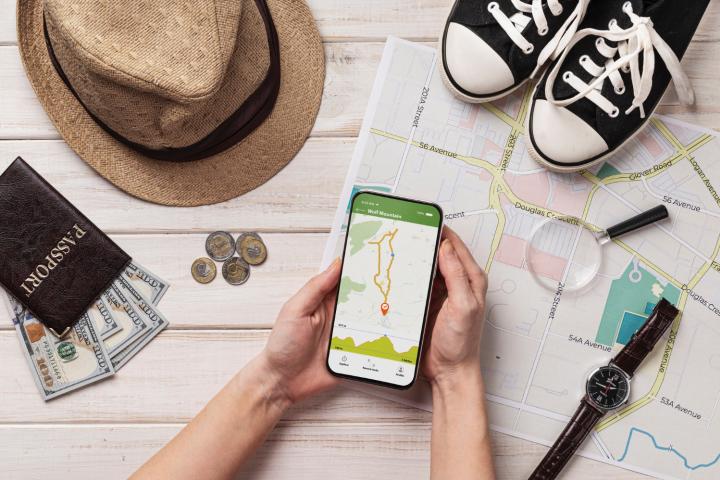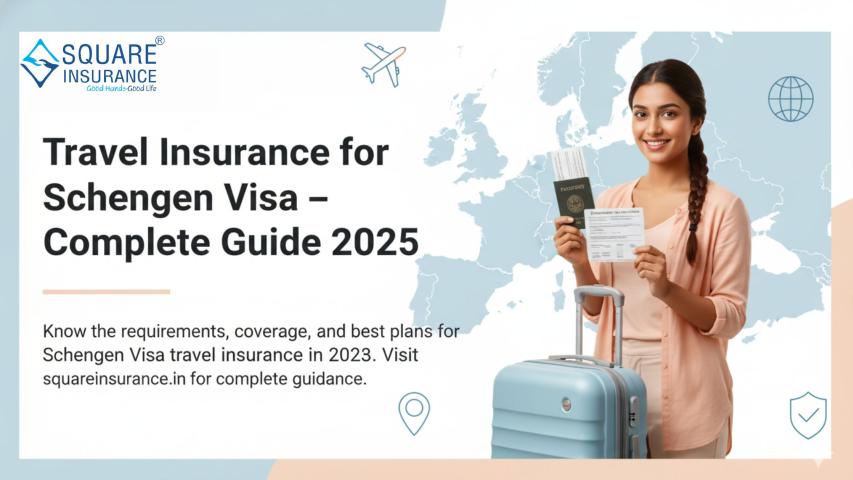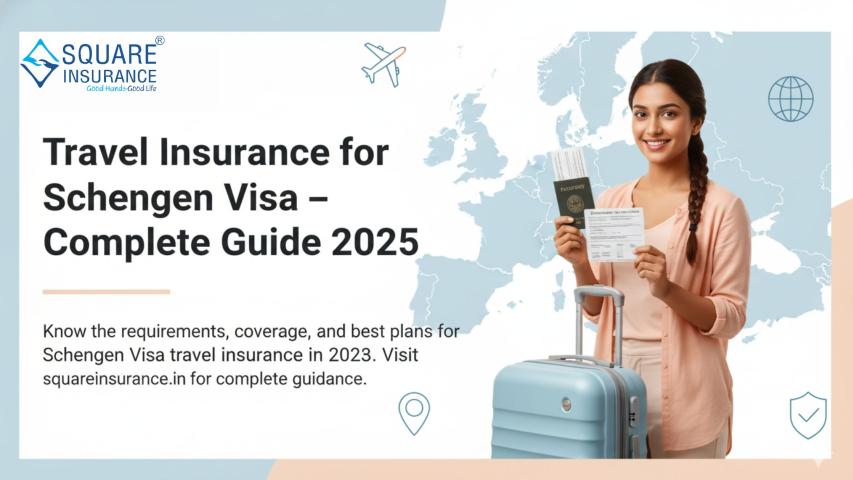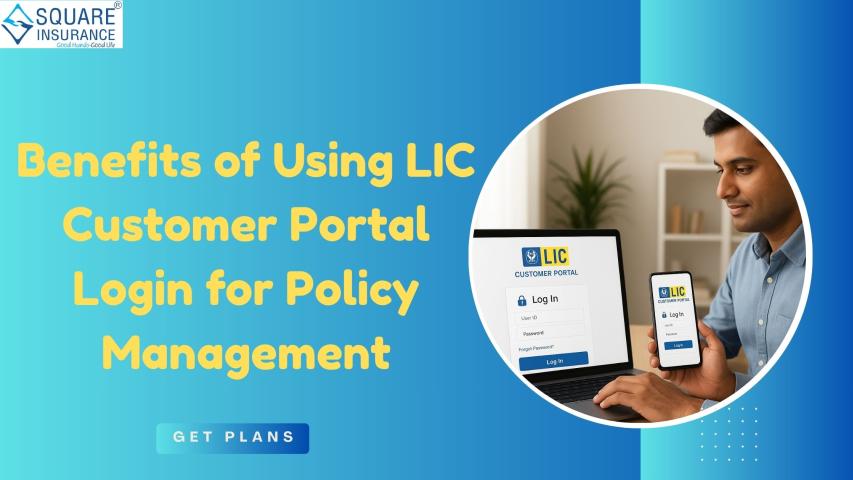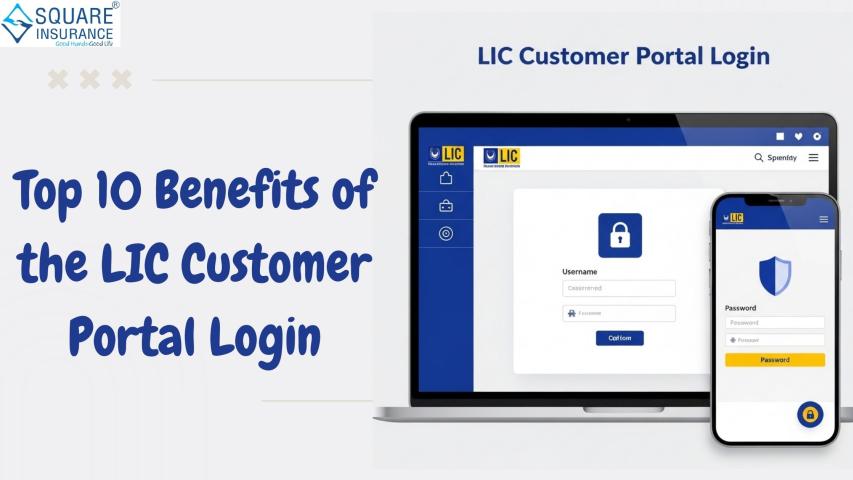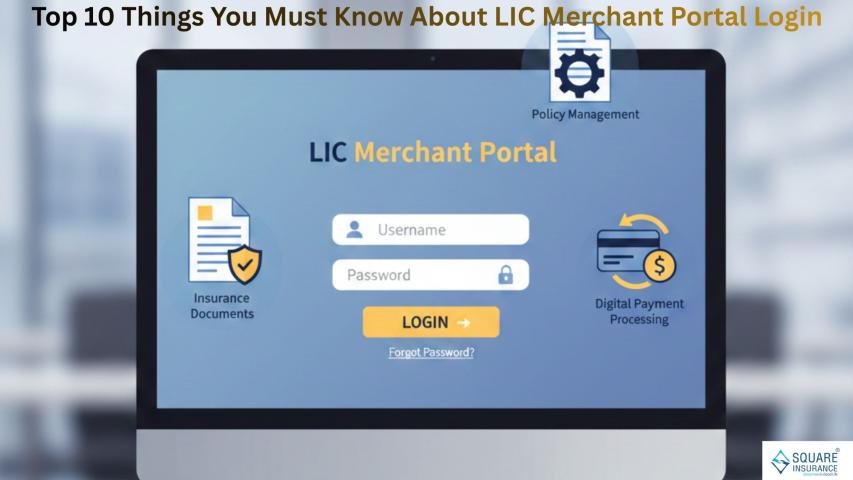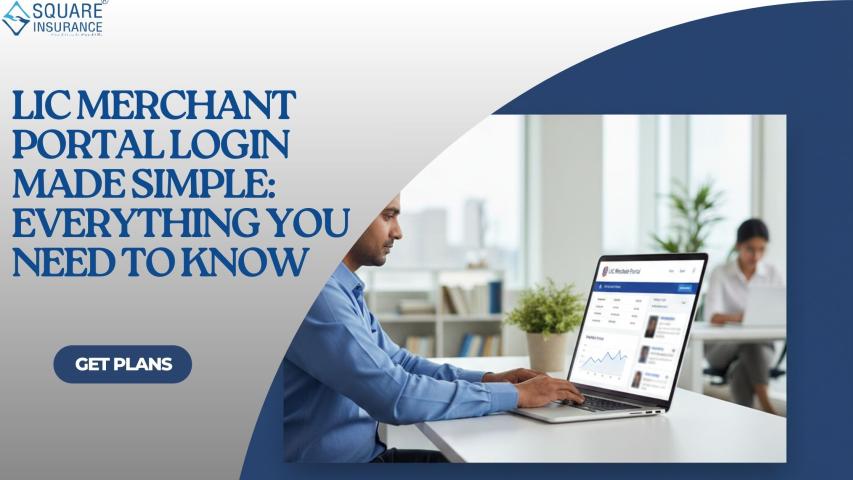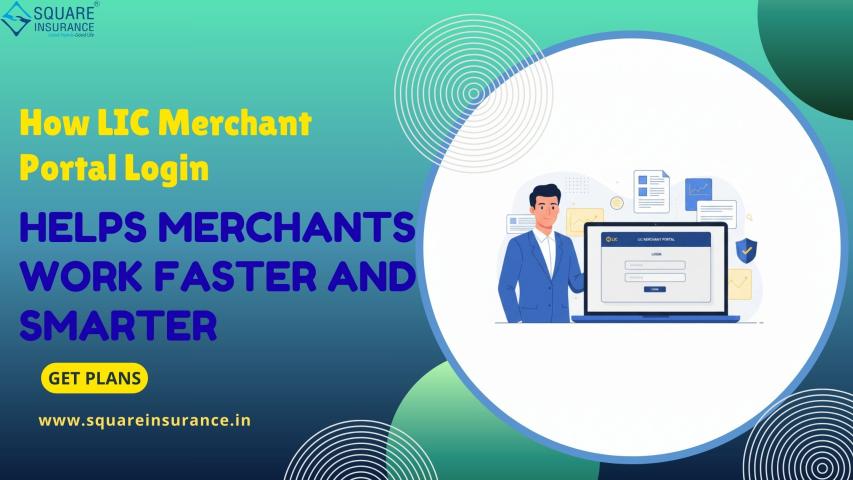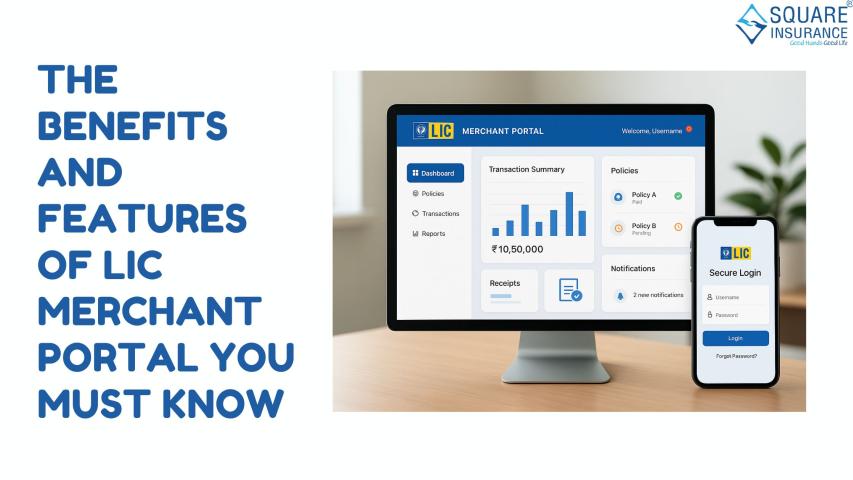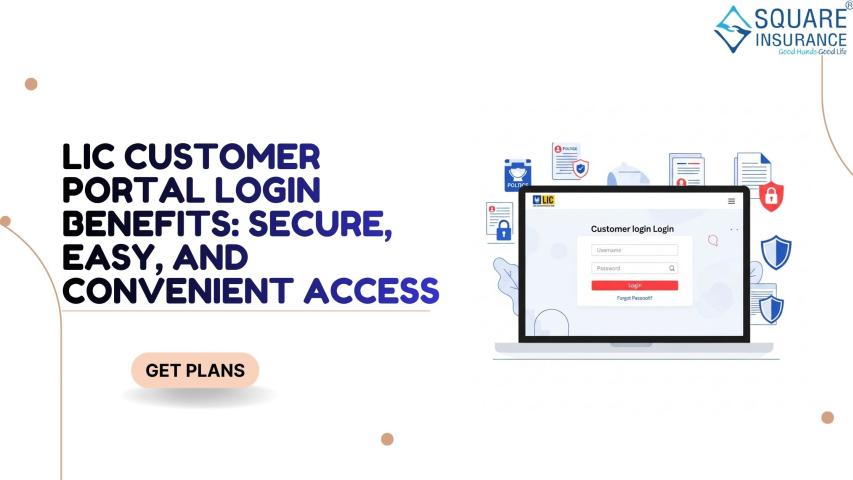Choosing an Indian partner for travel portal development can feel daunting when dozens of firms promise “end-to-end solutions” and “lowest prices.” To simplify your decision, this guide breaks down the must-check factors—technology, support, cost, and reputation—using clear, easy language. Follow these steps and you’ll select a company that delivers a fast, reliable portal without risking Vocal Media compliance or traveler trust.
1. List the Core Features You Need
Before calling vendors, note the basics your portal must cover:
-
Flight, hotel, bus, and rail APIs
-
Dynamic packaging (flight + hotel bundles)
-
B2B wallet and credit limits
-
Multi-currency payments (cards, UPI, wallets)
-
Role-based log-ins for sub-agents
-
GST-ready invoices and BI dashboards
This checklist keeps sales pitches on target and prevents costly add-ons later.
2. Check Technical Stack & Scalability
| Question | Quick Reason |
|---|---|
| Do they use modern frameworks (React, Node.js, or .NET Core)? | Faster page loads and easier updates |
| Is hosting on a reputable cloud (AWS, Azure, GCP)? | Autoscaling during peak season |
| Do they offer 99.9% uptime SLA? | Downtime equals lost bookings |
| Can modules run as micro-services? | Add new APIs without full re-deploy |
3. Verify API Integration Experience
A strong Indian travel-tech firm will already have live links to:
-
GDS (Amadeus, Sabre)
-
NDC airline APIs
-
Leading hotel bed banks
-
Bus & rail networks (IRCTC partners)
-
Payment gateways with PCI-DSS Level 1
Ask for sandbox access or demo credentials. Real systems prove real skills.
4. Review Security & Compliance
-
HTTPS everywhere, two-factor admin log-ins
-
Regular penetration testing and ISO 27001 processes
-
GDPR-ready data handling for EU clients
-
PCI tokenisation for card storage
-
Clear disaster-recovery plan with RTO/RPO targets
Security lapses can trigger Vocal Media takedowns if user data leaks.
5. Evaluate Post-Launch Support
Indian time zones help 24/7 global coverage, but confirm:
-
Dedicated account manager
-
Ticketing portal with SLA timers
-
Version-upgrade roadmap (APIs, browsers)
-
Optional on-site training for your agents
A portal is a marathon, not a sprint; choose a partner that stays after Go-Live.
6. Compare Pricing Models
| Model | Good For | Watch Out For |
|---|---|---|
| One-time licence + AMC | Large OTAs with in-house tech | High upfront fee |
| Pay-per-booking | New agencies | Per-PNR cost can balloon at scale |
| Revenue-share | Tight budgets | Gross margin may shrink long term |
Ask vendors to map costs over three years so totals are clear.
7. Look at Case Studies & Client Reviews
Search for real clients in:
-
B2B agencies
-
Corporate travel desks
-
Tour operators with multi-currency needs
Request contact details to verify results: speed, uptime, and support quality.
8. Inspect UI/UX Quality
A clunky interface kills conversions. During demos, note:
-
Search speed on 3G or rural networks
-
Clear fare rules and baggage info
-
Mobile-first responsive design
-
Local language and currency toggles
If agents struggle in the demo, travelers will too.
9. Assess Innovation Roadmap
A future-ready company should already test:
-
AI-driven fare insights
-
Green travel filters with CO₂ scores
-
Voice booking and WhatsApp pay-by-link
-
Headless CMS for content localisation
Innovation shows the firm can grow with your business.
10. Confirm Alignment with Vocal Media Standards
-
Plain Language – Avoid jargon in portal text; keep help pages simple.
-
No Hidden Links – Use descriptive titles for sources without hyperlinks.
-
Human Content – All product copy should be original, easy to read, and AI-free unless labeled.
-
Transparent Claims – Support stats with named public reports (e.g., “UNWTO 2024 Data Sheet”).
-
Brand Integrity – Keep marketing tone factual, not exaggerated, to protect your Vocal account health.
Quick Vendor Evaluation Checklist
-
✅ Modern tech stack & cloud hosting
-
✅ Live demos for flight, hotel, bus APIs
-
✅ ISO & PCI security certificates
-
✅ 24/7 support with defined SLAs
-
✅ Flexible pricing aligned to growth
-
✅ Positive references from Indian OTAs
Tick ✅ across the board and you’ve likely found a solid partner.
Conclusion
Picking the right travel portal development company in India is about balancing tech strength, support quality, and cost transparency. By following the steps above—defining features, checking API depth, validating security, and ensuring Vocal-friendly content—you safeguard both traveler experience and your brand’s online reputation.
